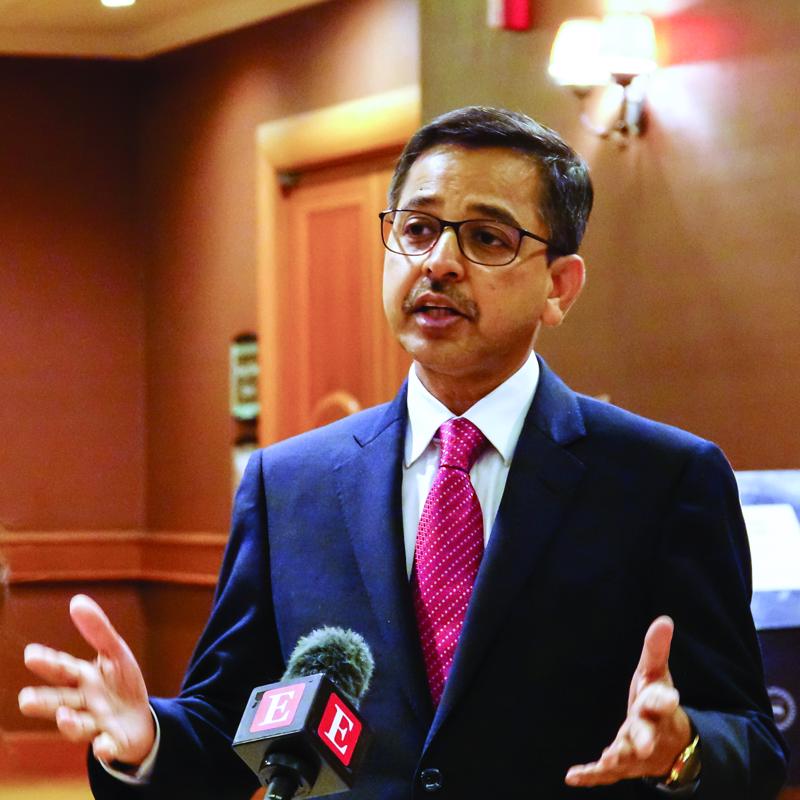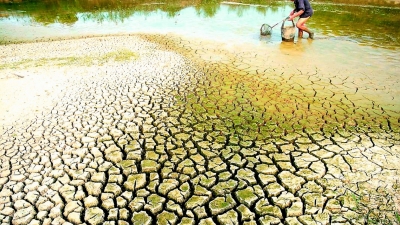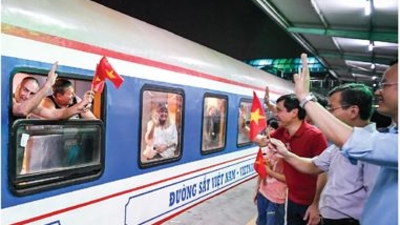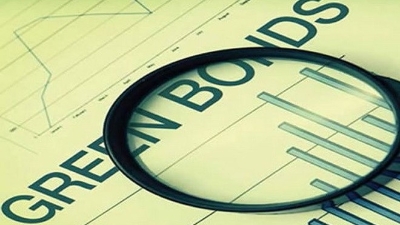It has been 50 years since Vietnam and India established diplomatic relations. What are your thoughts on this journey?
India and Vietnam are celebrating 50 years of diplomatic relations this year, but our relations are actually much older than that. In fact, the two countries stood by each other during our struggles for independence, and even before that we had thousands of years of contact via Buddhism and Cham traditions. So, it’s a very old relationship, but it’s also true that the 50 years since we established diplomatic relations have been very productive as we develop together. We have overcome adversity and become more prosperous today thanks to the determined approach our leaders undertook in national development.
Relations have transformed significantly over the 50 years and over the last five or six years in particular, after we upgraded the relationship to a comprehensive strategic partnership. Our relations now extend to every conceivable area of cooperation, from political engagement to economic cooperation, energy partnerships, defense partnerships, cultural exchanges, and so on. It is therefore a very broad relationship. I think the focus from senior leaders in the two countries has ensured that the next 50 years will be even more engaged and substantial.
What is the most important milestone in cooperation between the two countries?
I think there have been many milestones, and I would say that it has been a remarkable journey of togetherness. As I mentioned, we stood by each other during difficult times and supported each other’s national development. There has been progress made in the past, which contributed to greater progress in subsequent phases of the relationship. This is a relationship built over years of hard work and perseverance by the previous generation, and the following generations have reaped the benefits. Clearly, the last five or six years since the relationship became a comprehensive strategic partnership have been a major turning point in becoming more multifaceted and more enriched in terms of the quality and quantity of our engagement. So, I think that 2016, when the relationship was upgraded to a comprehensive strategic partnership, was one of the most important milestones I could mention.
Economics is considered one of the important pillars of cooperation between Vietnam and India. How do you view the economic cooperation between the two countries over the years and into the future?
Economic cooperation is a very important pillar of our comprehensive strategic partnership, as both our countries have fast-growing economies. We have many opportunities to offer each other. The Covid-19 pandemic also brought a realization about how important we are to each other, as we now look to set up new supply chains and new markets as traditional supply chains and traditional markets become disrupted.
I think there are many areas where we offer complementary strengths to each other. India and Vietnam are two of the fastest-growing economies in the region and aspire to become modern economies over the course of the next decade. And given India’s size capability, we see that this will create many opportunities for Vietnamese businesses to invest in the Indian economy and benefit from India’s growth. Similarly, we believe that Vietnam’s success and economic progress will offer opportunities for our businesses. So, I’m quite optimistic about the future of our economic cooperation.
If you look at our bilateral trade, it has grown from $200 million in 2000 to $14 billion last year. But it’s still not truly commensurate with the size of our economies. As two of the fast-growing economies, we can do even better. We have set a target of $15 billion in trade for this year, and I’m quite optimistic that we can achieve this target.
The Automotive Component Manufacturers Association of India (ACMA) paid a visit to Vietnam from August 21 to 26 to explore trade and investment possibilities. What motivated ACMA to visit Vietnam?
I am very happy that ACMA decided to visit Vietnam. It reflects their interest in engaging closely with Vietnam’s automotive sector. And if you look at the sector, components have been one of the major areas of our economic engagement. Despite the distractions of Covid-19 last year, Indian automotive component manufacturers exported more than $300 million worth of components to Vietnam. Similarly, they are interested in engaging with the country in investment partnerships, as both countries have individual strengths in the automotive sector, so I think it is natural for us to look at developing partnerships.
India is the largest manufacturer of two-wheelers and three-wheelers and we are also the fourth-largest manufacturer of four-wheelers in the world. We have huge capacity, and our automotive components industry is worth $200 billion. We are looking at a great vision for developing links with like-minded countries, and Vietnam is obviously going to be an important hub for the automotive sector in the region. So, that ACMA was interested in visiting Vietnam did not surprise me at all, and they are happy to continue the momentum that has been built. With Covid-19 largely behind us and with normal travel resumed, we will try to have more engagement in automotive components and other areas and see other Indian delegations visit.
What does Vietnam need to do to promote cooperation with Indian enterprises and associations like ACMA?
ACMA and other investors and enterprises from India coming to Vietnam are looking for both short-term trade relations and also long-term business partnerships. These are areas where I think Vietnam offers a lot of opportunities. Many Vietnamese provinces participated in our interaction with ACMA and we can see that many are interested in inviting Indian companies to come and invest. So, I think this interest needs to be sustained by facilitating our companies to do business in Vietnam. And as far as our trading relationship is concerned, I think we need to create better structures and better tariff conditions for trade to flourish between India and Vietnam in the automotive sector and in other sectors as well.









 Google translate
Google translate